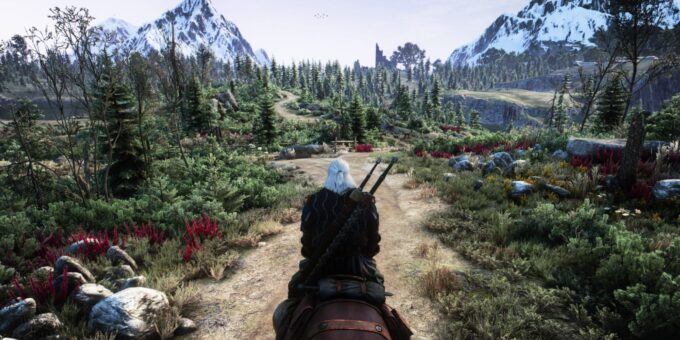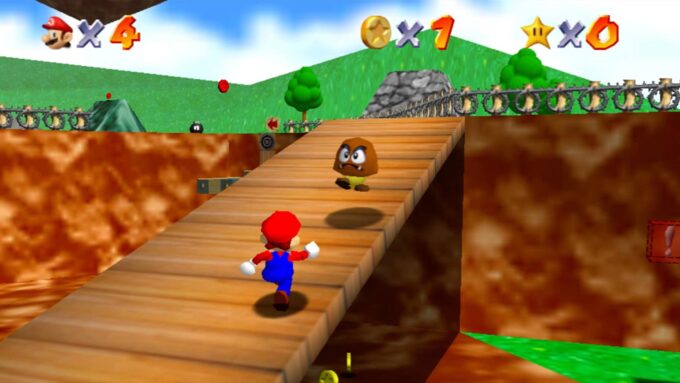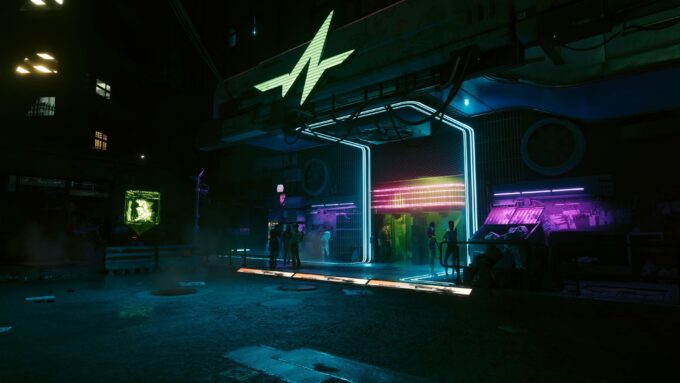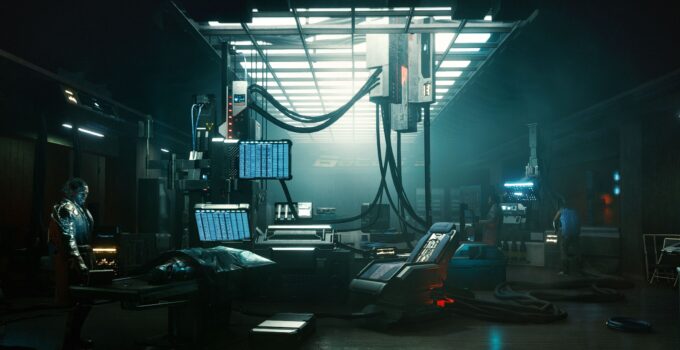It was the buzzword to end all buzzwords just a few years ago, but raytracing hasn’t seemed to have the splash we hoped it would.
At least, that’s partly true. Anybody who has used the technology on a decent PC, with the right programs, knows the difference it can make. But on console, the difference just isn’t worth the cost to framerate.
It’s a shame because the idea is solid. But implementation is still such a long, long way away. If it had barely been mentioned in the run-up to the PlayStation 5 and Xbox Series X/S, then nobody would have minded. But because these consoles are capable of raytracing, we expected there to be some evidence of quality. That doesn’t really make any sense, but it doesn’t have to.
More than a buzzword

Source: gamerant.com
Let’s start with the positive. There are lots of games that are well worth your time on PC. Portal is a must-play review of the RTX version that can be checked here, if only because of the extent to which they’ve gone to prove the ray tracing concept. And, with that in mind, the quality of machine it takes to get it decently running says a lot about where we are with this tech. When something that old brings all but the best PCs to their knees, you know this is a serious cost, tech-wise.
A cost that the consoles just aren’t capable of delivering.
Other games worth checking out on PC include The Witcher 3, Control, and Cyberpunk. But that list is far from exhaustive. New games with worthwhile ray tracing come along all the time.
What is the problem with raytracing?
The issue then, obviously, isn’t the technology, but rather the marketing of the technology. It has arrived too early to this discussion. If proper full raytracing is only possible on a game that came out in the Xbox 360 era, the watered-down version isn’t going to impress. Especially on consoles, where the cost of even the most basic ray tracing is a low resolution and a hit in framerate.
Meanwhile, limited ray tracing on the console replaces what is usually really good baked-in lighting. Developers have been faking this stuff for a long, long time now. Yeah, not every mirror has a reflection, and that sucks. But by and large, the effects that raytracing gives to the end user have been somewhat emulated out of necessity for generations. The leap fails to look as big, despite what is happening behind the scenes.
This obviously isn’t ideal for the people trying to market raytracing to the average gamer, who wonder exactly what it is their device is doing.
Retracing favors PC
To PC gamers with high-end machines, and to anybody reading this article in 2033, the question posed here is going to be a strange one. Raytracing hasn’t disappointed, because as of today it is barely beginning.
But any leap in tech needs a best foot forward. I genuinely believe Portal is one of those moments in gaming that just shows something works on a fundamental level. In the same way as Mario 64 showed the 3D platformer, Portal shows the power of raytracing.
But until that can be replicated on console, it will also feel like a bit of a buzzword. That day is coming – but it might not be for a long time yet.
Raytracing is a technology that holds great promise, but its full potential is yet to be realised. While it has made significant strides on PC, with games like Portal showcasing its capabilities, the implementation on consoles has fallen short of expectations. The limitations of console hardware and the trade-offs required to enable raytracing have resulted in compromised performance and visual quality.
On the positive side, PC gaming offers a plethora of games that leverage raytracing effectively. The Witcher 3, Control, and Cyberpunk are just a few examples of titles that showcase the technology’s capabilities. These games demonstrate the significant hardware requirements necessary to run raytracing smoothly, indicating the demanding nature of this technology.
However, the issue lies in how raytracing has been marketed to console gamers. Its early introduction and the inability to replicate the full raytracing experience have resulted in underwhelming results. Console raytracing often comes at the cost of resolution and framerate, diminishing the overall gaming experience. Moreover, the limited implementation of raytracing on consoles merely replaces the well-established techniques developers have used to create visually appealing games for years.
Consequently, the marketing of raytracing to the average gamer has been challenging. The lack of substantial improvements compared to traditional techniques and the confusion surrounding its benefits have hindered its reception among console users.
For PC gamers with high-end machines, raytracing has proven its worth, showcasing the remarkable potential of the technology. Games like Portal have served as groundbreaking examples of how raytracing can enhance the gaming experience. However, until consoles can replicate this level of performance and fidelity, raytracing may remain more of a buzzword than a game-changing feature for console gamers.
A better tomorrow

Source: reddit.com
While raytracing technology continues to evolve, it will take time for consoles to catch up and provide a comparable experience to what PC gamers currently enjoy. The journey toward realising the full potential of raytracing is ongoing, and it may be a while before console users can fully embrace the technology’s benefits.
As technology advances and consoles become more powerful, there is hope that the gap between PC and console raytracing capabilities will narrow. With each new generation of consoles, we see improvements in hardware that bring us closer to achieving the full potential of raytracing on these platforms. Developers are also working diligently to optimize raytracing techniques specifically for consoles, striving to deliver impressive visuals without compromising performance.
In the future, as console hardware continues to evolve and mature, we can anticipate more immersive and visually stunning gaming experiences that fully leverage raytracing technology. The integration of raytracing into game development pipelines will become more seamless, allowing for greater creativity and realism in virtual worlds.
Furthermore, the gaming industry is a dynamic ecosystem, with advancements in graphics technology occurring rapidly. Alongside the progress in raytracing, other rendering techniques and innovations will emerge, pushing the boundaries of what is possible in gaming visuals. These advancements may complement and enhance raytracing, creating even more awe-inspiring visual experiences for console gamers.
Conclusion
While the full realization of raytracing on consoles may be a journey that spans several years, the potential rewards for gamers are immense. As hardware capabilities improve, and developers continue to refine their techniques, console players can look forward to a future where raytracing becomes an integral part of their gaming experiences, delivering stunning visuals and heightened immersion.







